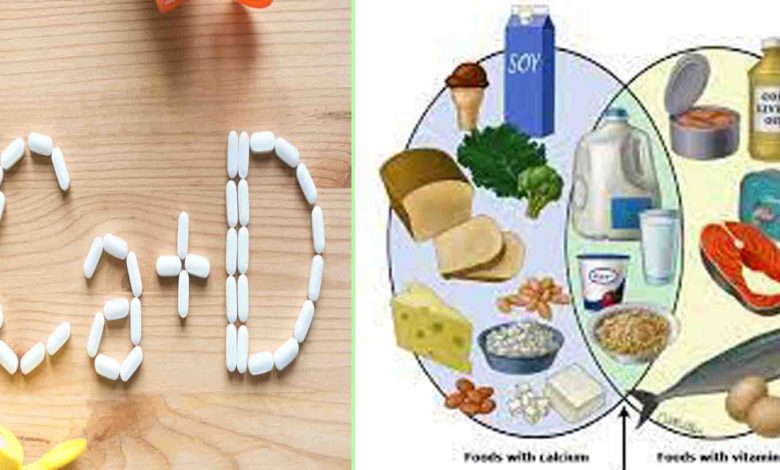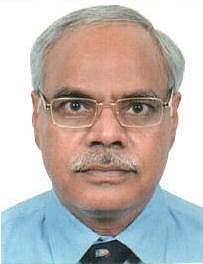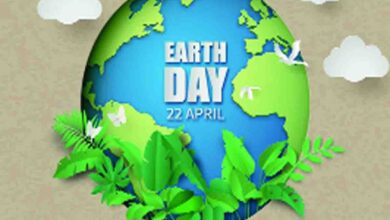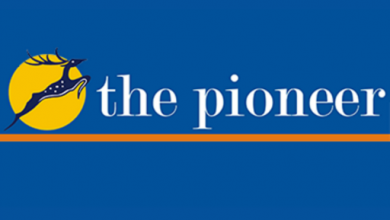Calcium & Vitamin D deficiency in young adults in India

Friday, 05 August | Dr BKS Sanjay | Dehradun
 Dr BKS Sanjay
Dr BKS Sanjay
GUEST COLUMN
Calcium is a mineral like sodium and potassium, a micro-nutrient which is needed to build strong bones and teeth. It has an important role to play in muscle contraction, blood coagulation, regulating normal cardiac rhythm and nerve functions. Children who do not get the required dietary calcium may not grow tall or gain the potential height they should. Everybody should fulfill the recommended dietary allowance (RDA) of calcium to maintain good health. This can be done preferably with a calcium rich balanced diet or by calcium supplements in the form of medicine.
There are many causes of deficiency of calcium and the commonest is dietary deficiency of calcium and vitamin D in infancy. This may occur also in childhood, adolescence and adult age as well. The symptoms and signs of deficiency of calcium and vitamin D are usually muscle pain, delayed teething and bowing of the legs, rachitic rosary (nodular bump in anterior chest wall) and broadening of the wrist and knee joints in growing children. Deficiency of calcium and vitamin D can be tackled by increasing the amount of dietary calcium and supplementation of calcium and vitamin D in the form of medicine. The correction of deformities can often occur with the splint and plaster manipulation at early stages. Other causes of calcium and vitamin D deficiency are diarrhoea, dysentery and malabsorption syndrome especially in poor families living in remote areas with poor hygiene. Adolescents and the youth are nowadays obsessed with the physical fitness but do not like to consume natural dairy products which are the best source of calcium, phosphorus and vitamin D.To avoid weight gain and increase muscle bulk they prefer to take energy drinks and foods which are sometimes fortified or mixed with the anabolic steroids, lead, arsenic, bisphenol A, high caffeine etc.The long term use of steroid is injurious to the health.
Being an orthopaedic surgeon, I have an extensive experience of dealing with the patients having the hip problem which is medically known as an Avascular Necrosis (AVN) of femoral head. If AVN occurs then it is difficult to revert the ischemia of femoral head and if it is not treated well and in time, then it can be a very disabling problem for the patient. Nowadays the end stage AVN is being usually treated with the total hip replacement surgery which is not easily available and affordable in India to most of the people. One therefore suggests that these adolescent and young patients should prefer to do sports activities and other natural physical activities in from of brisk walking, jogging, skipping, hopping, push ups etc. I am sure these activities will not only maintain the physical fitness but will alsosave the time and money which is spent on the gym activities. I would like to mention if you prefer to go to the gym, then all activities should be done under the supervision of a well-trained certified physical instructor and at any cost you should not exert beyond your body’s threshold.In the author’s observation, 10% of the gym goer land up in orthopaedic clinics because of injury sustained while doing gym specially trying to lift too heavy weights too soon or un-supervised techniques. The common gym related injuries occur in the shoulder, back muscles, groin muscles pull and slip disc.
Anoher problem which I would like to mention here is about the problem of hypothyroidism and Poly Cystic Ovarian Disorder (PCOD) which are also common in young and adult women who usually present with menstrual disorders, obesity and infertility. It is observed that PCOD is usually due tobad dietary habits of fast food, sedentary lifestyle and frequent use of medicines like emergency pills. Other lifestyle causes are smoking, drinking, lack of physical exertion or intensive physical training as required by athletes and dancers.
Certain patients are also having and obsession to reduce their weight and remain very thin or having the habit of compulsive sliming which are known causes of amenorrhea which leads to poor bone density and a fragile keleton.It is only in our youth, when our body providesus the biological opportunity to establish a Peak Bone Mass by the age of 30 years. If that opportunity is missed, the deficit cannot be made up later in life but contrary to that we all gradually tend too loose this peak bone mass which we individually achieve.Women start losing this peak bone mass after menopause and men usually start losing it after 60 year. The unique opportunities for prevention of osteoporosis later in life which is bound to occur is frequently missed before 30 years in our country due to ignorance, lack of awareness, and lack of availability of a balanced nutritious diet in poor families or poverty stricken society in India which is still very prevalent according to recent government data. Nearly 20% of the population is still living below the poverty line and they cannot afford three times meals a day. We should start building up a strong skeleton early in life by engaging in sports activities. The emphasis should be giventoboth sexes but more in women because their peak bones mass is 25% lower on an average than that in men. So, what women need is precisely the opposite, a larger skeletal reserve of calcium than men to meet to greater future demand particularly after the menopause.
To develop the bones, in gestation, we need protein (amino acids), calcium, phosphate and vitamin D which go through the placenta from mother to the foetus. If the mother’s diet is deficient in any of these essentials nutrients, then the developing foetus is bound to suffer with the deficiency of bone mass because even though the mother is havinga deficiency but because her estrogen level is high and the calcium homeostasis will be maintained in her but the foetus will suffer the most due to mother’s ignorance about this fact. Therefore, all pregnant women should take balanced and nutritious diet with extra milk, calcium and vitamin D supplement which is needed for the growth of the foetus in addition to normal need of any women during pregnancy.
The new born baby’s bone architecture has relatively more bone matrix and less mineral than those of adults. The human skeleton contributes to little 1% of the average body weight at birth.This becomes nearly 10-15% in adult male. The growth of the bone and the proportionate height of the body increase more at the age of 1 year, then around 5 years and lastly the spurt is at adolescent age. Once the growth plates are fused then any amount of increase calcium, phosphorous andVitamin D intake will not increase the height of the individual. I would like to write few words about the advantage of cow’s milk over the other animal milk. Cow’s milk provides readily absorbable raw material for growing bones. Like other ruminants, cows have a digestive system specially designed for extracting calcium and synthesizing first class protein from large volume of vegetable matter which our human digestive system is not capable of doing. The milk and other dairy products therefore provide a source of readily absorbed calcium together with protein, fat, carbohydrate and vitamin D first to mother during pregnancy and then breast feeding for her growing child. In the first year of birth, the child toleratesbreast milk/ cow milk which is almost non- substitutable by any other form of food which is easily digested and readily provide calcium and other ingredients in sufficient quantities to satisfy the demands of growth of an infant. The adequate amount of calcium,phosphorus and vitamin D in diet not only will prevent the rickets but will help to ensure that growing skeleton develops good genetic potential and maintain the calcium phosphorous till the end of the life.We must achieve a good Peak Bone Mass to prevent early osteoporosis which is usually complicated by fractures even with trivial injury.
(A Padma Shri recipient, the author is an orthopaedic surgeon. Views expressed are personal)





